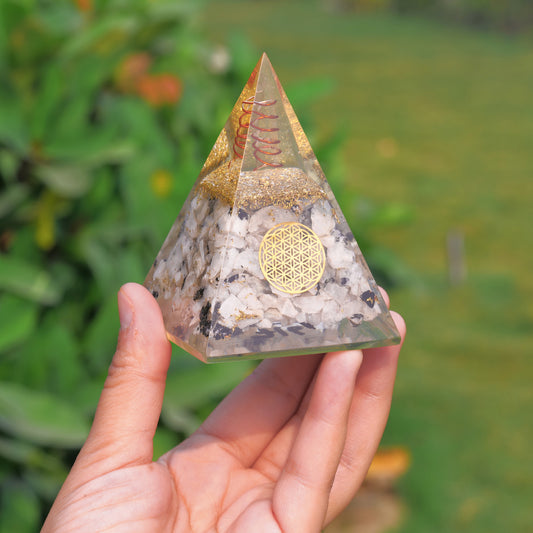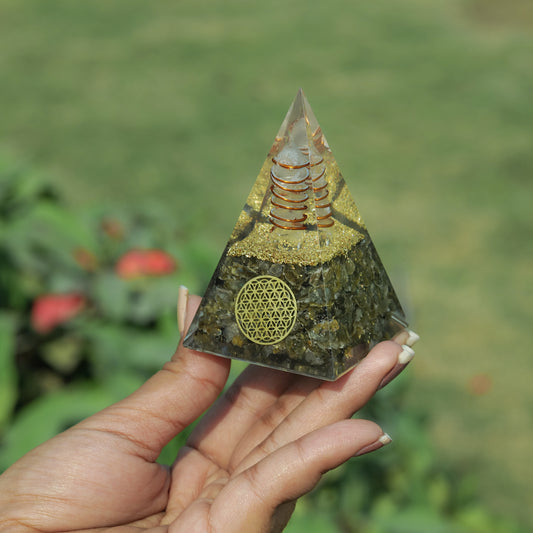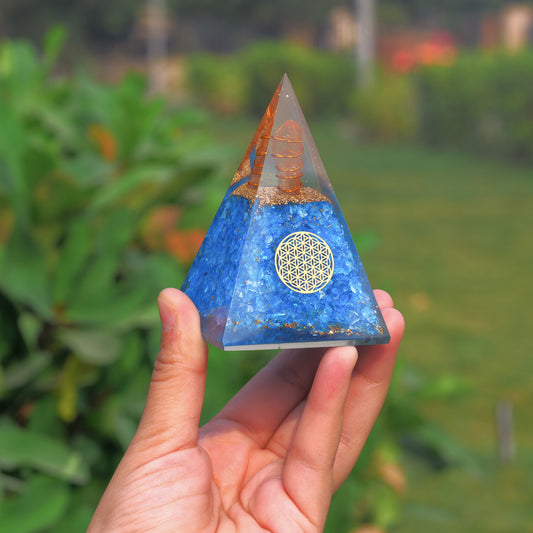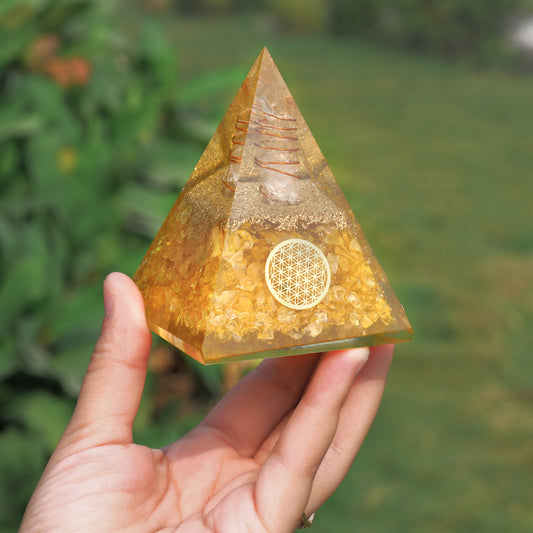Lapis lazuli is a stunning gemstone that has captured the imagination of people for centuries. With its vivid blue color and golden flecks, lapis lazuli has been used for adornment, healing, and religious purposes for thousands of years. In this blog, we will explore the history, properties, uses, and cultural significance of lapis lazuli.
History and Origin :
Lapis lazuli has a long and fascinating history that can be traced back to ancient civilizations. The name lapis lazuli comes from the Latin word "lapis," which means "stone," and the Arabic word "azul," which means "blue." The stone was highly valued in ancient times and was often used to make jewelry, statues, and other decorative objects.
The primary source of lapis lazuli is Afghanistan, specifically the Badakhshan Province, where the stone has been mined for over 6,000 years. In ancient times, lapis lazuli was also sourced from mines in Egypt and Iraq. The stone was highly prized by the ancient Egyptians, who used it to make jewelry and amulets. The pharaohs believed that lapis lazuli had magical properties and that it could protect them from evil spirits.
Properties and Characteristics Lapis lazuli is a rock composed primarily of the mineral lazurite, with smaller amounts of other minerals such as calcite, pyrite, and sodalite. The stone's vivid blue color comes from the presence of sulfur in the form of the mineral Sodalite. The golden flecks in lapis lazuli are caused by the presence of pyrite.
Lapis lazuli has a Mohs hardness of 5.5 to 6, which makes it relatively soft compared to other gemstones. It has a vitreous luster and a dense, opaque appearance. The stone is typically cut into cabochons or beads and polished to a high shine.

Uses and Significance :
Lapis lazuli has been used for a variety of purposes throughout history. In ancient Egypt, it was believed to have healing properties and was used to treat various ailments, including fevers and headaches. The stone was also used to make jewelry and amulets, which were believed to protect the wearer from evil spirits.
In medieval Europe, lapis lazuli was used to create the vibrant blue pigment ultramarine, which was highly prized by artists. The pigment was made by grinding the stone into a fine powder and mixing it with oil or egg yolk.
In modern times, lapis lazuli is still used for jewelry and decorative objects. The stone's vivid blue color and golden flecks make it a popular choice for rings, pendants, and earrings. Lapis lazuli is also used in interior design, where it is used to create decorative objects such as vases, lamps, and bookends.
Cultural Significance Lapis lazuli has significant cultural and religious significance. In ancient times, the stone was associated with the sky and was believed to have a connection to the gods. The ancient Egyptians believed that lapis lazuli was a symbol of royalty and used it to decorate the tombs of pharaohs.
In Hinduism and Buddhism, lapis lazuli is associated with the throat chakra and is believed to promote communication, self-expression, and spiritual growth. The stone is also associated with the third eye chakra, which is believed to enhance intuition and psychic abilities.
In Christianity, lapis lazuli is associated with the Virgin Mary and is believed to represent her blue cloak. The stone is also associated with the archangel Michael, who is often depicted with a blue sword made of lapis lazuli.
Lapis lazuli has been used for a variety of purposes throughout history. Here are some of its most common uses:
Jewelry: Lapis lazuli is often used to make jewelry, including necklaces, bracelets, earrings, and rings. Its bright blue color and unique patterns make it a popular choice for statement pieces.
Decoration: Lapis lazuli has been used to decorate objects such as vases, boxes, and figurines. It has also been used as a pigment for painting, particularly during the Renaissance.
Healing: In some cultures, lapis lazuli is believed to have healing properties. It is said to promote inner peace, enhance intuition, and relieve stress.
Spiritual: Lapis lazuli is often associated with spiritual growth and enlightenment. It is said to help with spiritual development, enhance psychic abilities, and aid in meditation.
In conclusion, lapis lazuli Crystal is a beautiful and fascinating gemstone with a rich history and many uses. Whether you are looking for a statement piece of jewelry, a decorative object, or a stone with spiritual or healing properties, lapis lazuli is a wonderful choice. Its bright blue color and unique patterns make it a true gem among gemstones.





